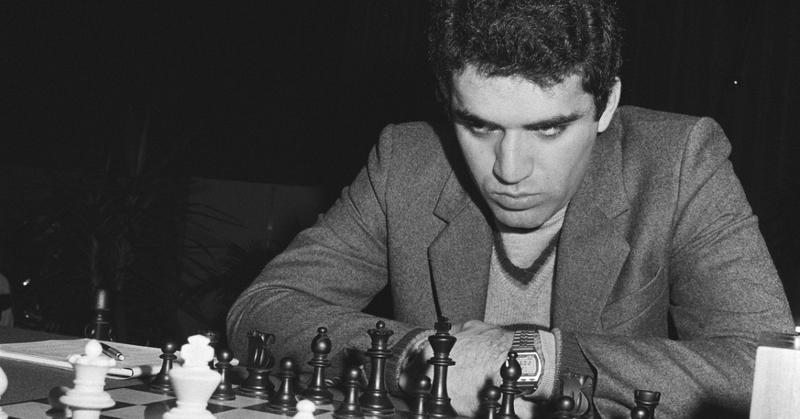Deep Blue: The First Time A Computer Beat A Human Being At Chess
By | February 8, 2021

Developed in part by computer scientist Feng-hsiung Hsu, Deep Blue is a chess-playing computer whose style has been described as "like a wall coming at you." In 1997, that tidal wave of chess moves defeated Garry Kasparov, the reigning world champion at the time. How could a computer beat a champion? And what does it want from us?
Deep Blue
It all started with a $100,000 prize offered by Carnegie Mellon University in 1980 to anyone who could create a computer that could beat the best human chess player in the world. Within five years, Hsu created ChipTest, a chess computer that didn't perform very elegantly but served as the basis for Deep Thought, named after the computer tasked with the considerably more difficult problem of calculating the answer to life, the universe, and everything in Douglas Adams's sci-fi series The Hitchhiker's Guide To The Galaxy. Sorry, were you expecting computer scientists not to be nerds?
Deep Thought brought Hsu and his team international fame, winning the North American Computer Chess Championship in 1988 and the World Computer Chess Championship in 1989. It could analyze and interpret thousands of games played by chess masters, and its opening book contained more than 4,000 positions and 700,000 grandmaster games. The second version of Deep Thought took home the Fredkin Intermediate Prize in 1989, but it played so poorly in a tournament against Garry Kasparov that year that it was removed from play and taken to I.B.M. to receive upgrades. By 1996, Deep Thought was reincarnated as Deep Blue, and Hsu was certain that it was ready to defeat the Russian chess master.

The Game
Garry Kasparov is as close to a rock star as you can get in the world of chess. He started training at the age of 10, and 11 years later, in 1984, he became the youngest player to be ranked number one in the world. His Wikipedia page features a photo of him with Sting. Basically, Garry Kasparov was a very big deal in 1996.
Deep Blue won one game against Kasparov during their six-game tournament from February 10–17, 1996, but to take home the $100,000 offered by Carnegie Mellon, it had to win the whole thing. Hsu and his team at I.B.M. spent the next year upgrading the machine, and by May 11, 1997, they were ready. Kasparov won his first game in the new series, but Deep Blue took the second, and after three ties, it was clear that the new Blue was different.
In the final game of the tournament, with the players tied one-to-one with three draws, Kasparov made a massive error when he confused the introductory moves of the Caro-Kann defense. In essence, he choked. Deep Blue only made 11 moves in this final game before forcing Kasparov to concede defeat. He asked for a rematch, but six figures in pocket, I.B.M. refused.

The Aftermath
After his loss, Kasparov claimed that he sensed a human hand guiding Deep Blue in their 1997 matches, specifically pointing to a move from game two that he claimed was far too human for a machine to make. It's a famous move in the history of chess, but it's possible that it was just a random move caused by a bug that led Kasparov to overestimate the abilities of the machine. Basically, a glitch might have psyched him out.
After Hsu left I.B.M. in 1999, he claims he offered Kasparov a rematch but the grandmaster told him he "wasn't really interested in playing." That may very well be true, as Kasparov retired from chess as a career shortly after winning the Russian championship in 2004, before which he played against the chess computers Deep Junior and Deep Fritz. He seems to have made his peace with Deep Blue, telling Wired in 2020 that he was grateful to the computer for expanding public interest in the game. Meanwhile, I.B.M. dismantled Deep Blue and sent its racks for display in the National Museum of American History and the Computer History Museum.

